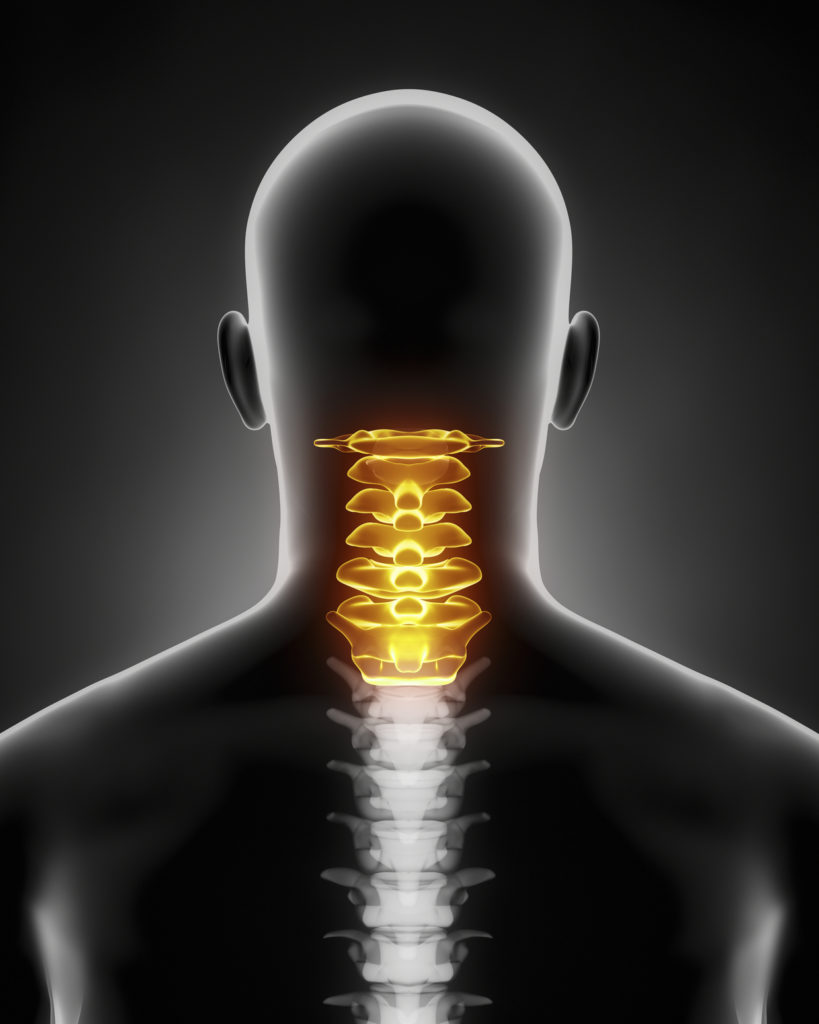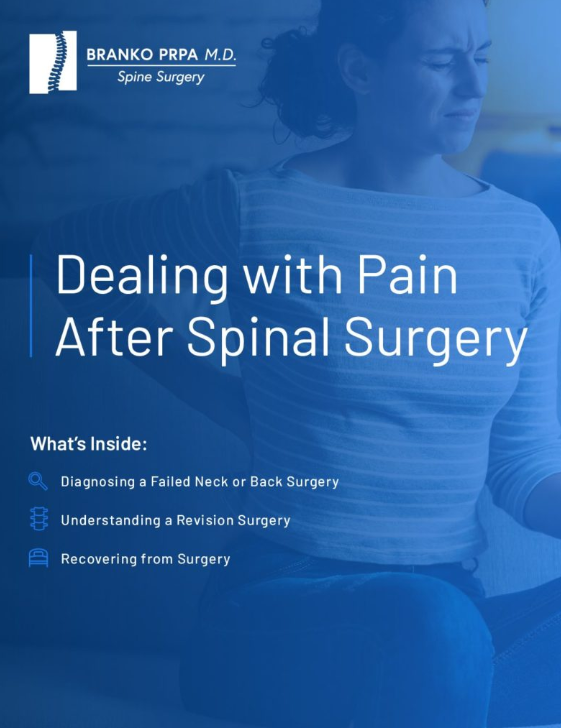What’s Involved in Anterior Cervical Discectomy and Fusion?

Living with a herniated neck disc or cervical nerve compression can prevent you from enjoying everyday life and staying active and productive. Fortunately, most people find relief with nonsurgical treatments. However, others need a spinal surgery known as anterior cervical discectomy and fusion or ACDF.
ACDF is the most common surgery for treating a cervical herniated disc. If nonsurgical treatments have failed to work and your doctor has recommended surgery, here’s what you need to know about this procedure.
Why It’s Done
ACDF is performed to relieve numbness and pain in the arm, neck, and hand. In most cases, these symptoms are caused by a degenerative or herniated neck disc. When patients fail to obtain positive results from nonsurgical treatments, such as weight management or physical therapy (or using foods good for back pain), they usually opt for surgery.
The advantage of doing the surgery from the front, or anterior, side of the neck is that it’s safer and less invasive. Consider that an anterior surgery doesn’t disrupt the spinal cord, nerves, or muscle tissues located in the back of a patient’s neck. What’s more, it doesn’t take as long to recover. The spinal procedure is also performed to remove osteophytes or bone spurs that are linked with arthritis and cervical spinal stenosis.
Steps of the Procedure
The first step is a surgeon making a small, one-inch incision on the front of the patient’s neck. To find the affected area causing pain, the surgeon uses a fluoroscope, which is an X-ray.
Once the area is located, the surgeon removes the disc tissue that’s been causing symptoms. In addition to taking pressure off the spinal cord and nerve root, removing the bad tissue also prepares the disc for fusion. Sometimes, a surgeon has to remove enlarged bone nerve exit windows and bone spurs, but this is only in the worst case scenarios.
Next, a surgeon prepares the gap that lies between the vertebrae to ensure healthy fusion. This helps maintain the stability of the neck so that it’s less likely a patient will suffer from future problems.
A surgeon may get a bone graft from the patient’s hip or from a donor. Sometimes, surgeons use synthetic substitutes. To make sure the fusion is done correctly, a metal plate may also be used. It takes about three to six months, following surgery, for the vertebrae to completely fuse.
Tips and Expectations for After Your Surgery
- Your surgeon may give you a soft cervical collar to wear after your procedure. You may have to wear it all the time or only when doing certain activities. Your doctor will give you specific instructions on how and when to wear the collar.
- You may be hoarse and/or experience discomfort swallowing, but this should subside after a few weeks.
- It can take as long as a month to totally recover from arm and hand numbness.
- It’s important to manage your weight and maintain good posture to ensure a full recovery.
- Don’t sit for long periods of time or overextend your neck.
- Avoid lifting anything weighing more than five pounds.
- Be consistent in participating in regular physical therapy while recovering, as well after you recover, so your spine will function normally.
Considerations and Warnings
- The surgery typically takes from one to two hours, although sometimes it can last for as long as three hours or more.
- How long the procedure takes depends on the number of discs that have to be removed. Other factors may include the severity of diseased vertebrae or discs.
- If you smoke, stop using tobacco before having surgery. This is because nicotine can delay healing. It can also hamper bone growth and increase the chance of infection. Even worse, nicotine can increase the risk of an unsuccessful fusion.
- Never ignore symptoms of weak, numb arms, because doing so can result in permanent nerve damage.
You don’t have to continue to suffer from symptoms of a herniated cervical disc. Request an evaluation with Milwaukee spine surgeon Dr. Prpa today to discuss how cervical fusion surgery can help you find relief.

